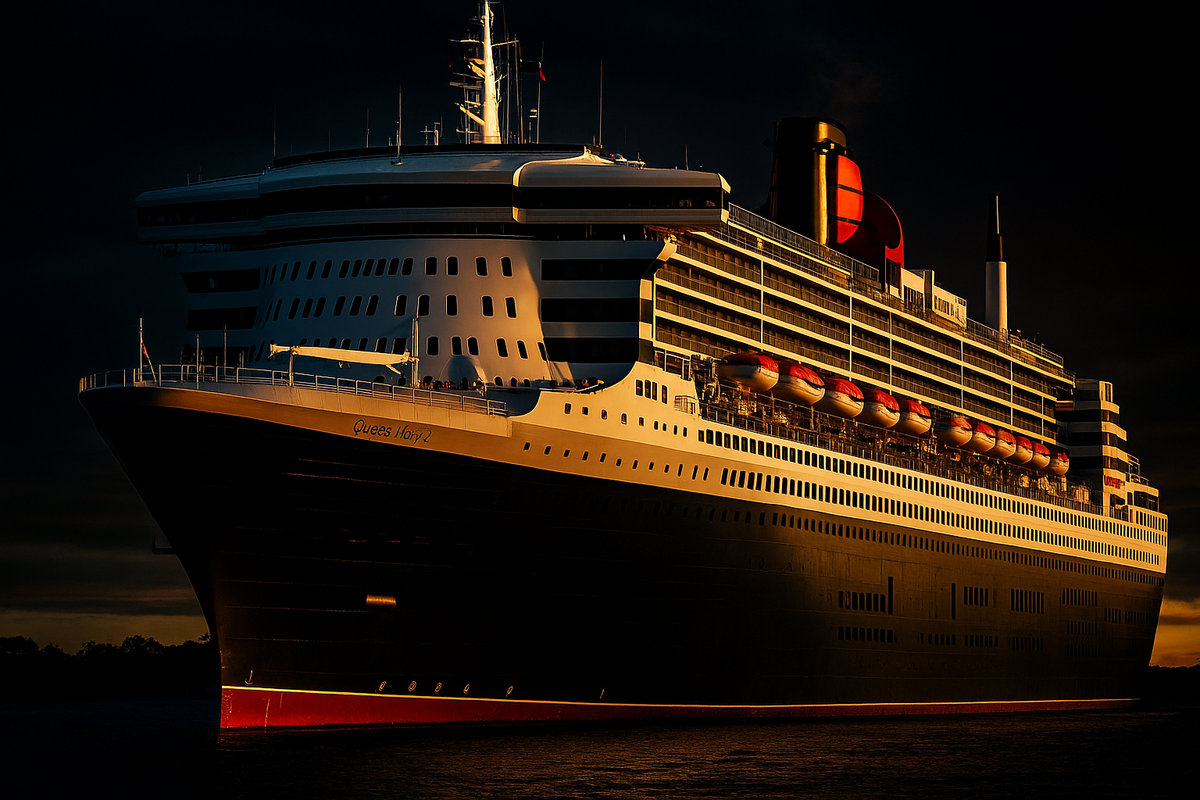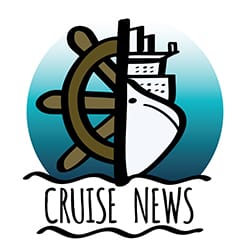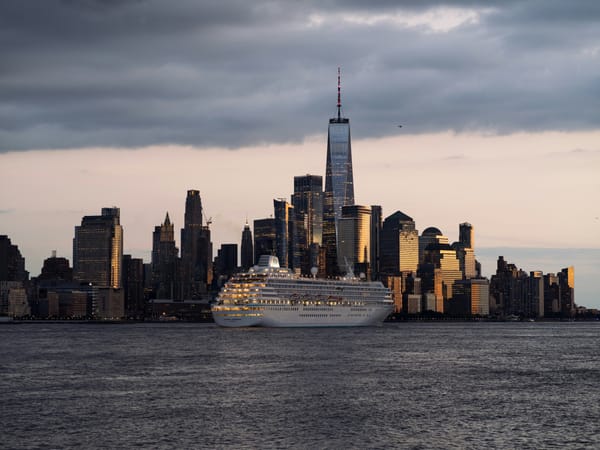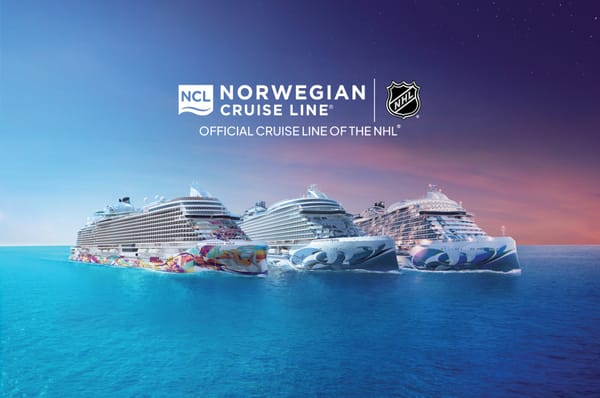Norovirus Outbreak Affects 240 on Queen Mary 2 Transatlantic Cruise
The Queen Mary 2 norovirus outbreak highlights the ongoing health challenges facing cruise lines in maintaining safe environments for passengers and crew.

More than 240 passengers and crew aboard Cunard Line's Queen Mary 2 have fallen ill due to a norovirus outbreak during a 29-day transatlantic voyage, reportedly making it one of the largest gastrointestinal outbreaks at sea in 2025. The U.S. Centers for Disease Control and Prevention (CDC) first confirmed the outbreak on March 18 through its Vessel Sanitation Program (VSP), monitoring the ship subsequently. The voyage began in Southampton, England, on March 8, included visits to New York City and multiple Caribbean destinations, and was scheduled to conclude in the UK on April 6.
Details of the Outbreak
The CDC has verified that norovirus affected 224 of the 2,538 passengers and 17 of the 1,232 crew members onboard. Often referred to as the “cruise ship virus,” norovirus is highly contagious and manifests with vomiting, diarrhea, nausea, and stomach cramps. Initial cases appeared roughly 10 days into the cruise. In response, infected individuals were quickly isolated as part of containment measures.
Cunard Line implemented broad health and safety protocols, including stepped-up cleaning and disinfection. Stool samples were collected for laboratory analysis, and deep cleaning was performed at ports of call such as Barbados and St. Maarten. By the time the vessel neared its return to Southampton, Cunard representatives observed a significant decline in new cases.
The Role of Norovirus in Cruise Ship Outbreaks
Norovirus flourishes in confined environments like cruise liners, surviving on contaminated surfaces for days and spreading easily in communal settings such as dining halls and lounges. The outbreak aboard Queen Mary 2 comes amid a noted uptick in gastrointestinal illness incidents across the cruise sector.
According to CDC data, there were 16 reported outbreaks aboard cruise ships in 2024—the highest in over a decade. So far in 2025, 12 outbreaks have been reported, with 10 attributed to norovirus, underscoring the operational challenges faced by cruise operators striving to uphold onboard health standards.
Industry Responses and Protocols
Cruise lines have developed rigorous strategies to contain norovirus and other infectious illnesses. The CDC requires operators to notify authorities when at least 3% of passengers or crew show gastrointestinal symptoms. In turn, cruise companies invest considerably in sanitation, isolation protocols, and staff training to ensure swift responses.
Although outbreaks on ships often attract intense media coverage, organizations like the Cruise Lines International Association (CLIA) emphasize that such events remain relatively rare compared to the large number of annual cruise travelers. Industry spokespeople note that onboard reporting guidelines often enable faster detection and management of norovirus than in many land-based venues.
Expert Advice for Travelers
Health authorities encourage cruise passengers to stay vigilant against norovirus by frequently washing their hands with soap and water for 20 seconds. Relying exclusively on hand sanitizers is less effective in halting norovirus spread. Passengers feeling ill before departure are advised to reschedule to reduce the risk of bringing infections onboard.
Dr. William Schaffner, an infectious disease specialist, recommends reporting any symptoms promptly and strictly following hygiene measures shared by the ship’s personnel. He also advises passengers to minimize contact with high-touch surfaces and adhere to sanitization protocols in often-used public spaces.
With more travelers showing renewed interest in cruising after widespread pandemic-related disruptions, operators continue to highlight their dedication to maintaining rigorous health and safety measures. The circumstances on Queen Mary 2 underscore the balancing act between fostering a robust tourism environment and safeguarding public health.
What is norovirus?
Norovirus is a highly contagious gastrointestinal virus that commonly triggers vomiting, diarrhea, nausea, and abdominal cramps. It proliferates through direct contact with infected individuals and through contaminated surfaces, foods, or water.
How did Cunard respond to the outbreak?
Cunard Line instituted enhanced safety protocols, isolating passengers and crew who exhibited symptoms and performing deep cleaning at key ports. The company also worked closely with CDC sanitation experts and strengthened onboard monitoring to curb further transmission.
Are cruise ship outbreaks common?
Although outbreaks on cruise ships often gain significant attention, the CLIA emphasizes their relative infrequency given the global volume of cruise travelers. Comprehensive reporting requirements typically allow for quicker detection and response compared to many land-based facilities.
How can passengers protect themselves against norovirus?
The CDC recommends frequent handwashing with soap and water, minimizing unnecessary contact with potentially contaminated surfaces, and swiftly reporting symptoms to onboard medical staff. Passengers feeling ill ahead of embarkation should postpone travel plans to prevent spreading infection.




